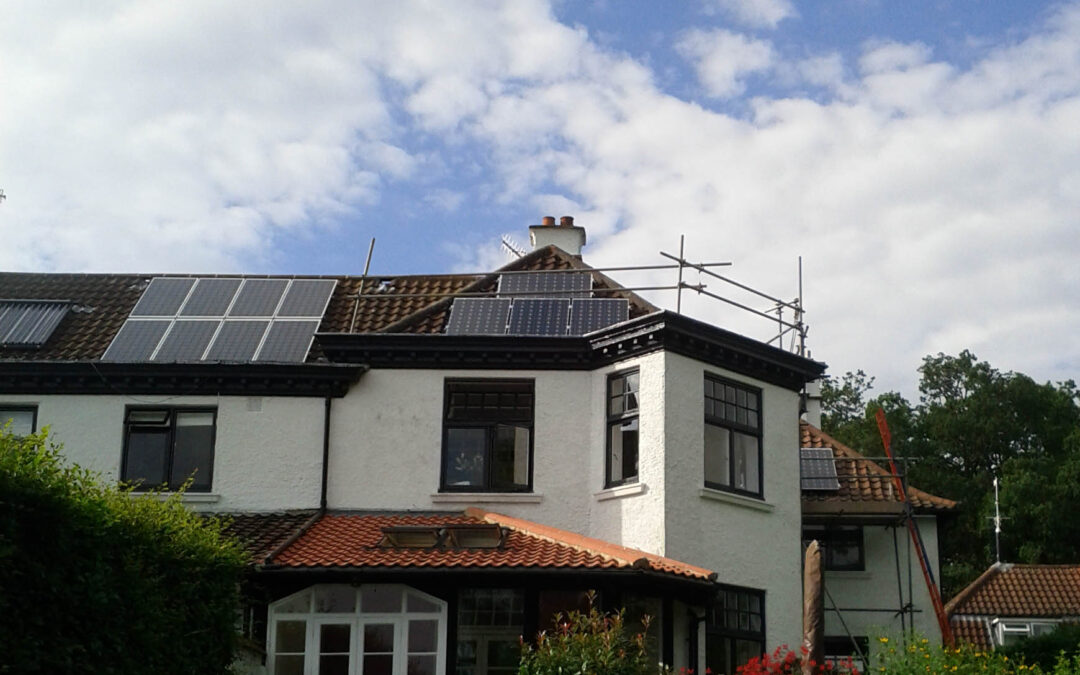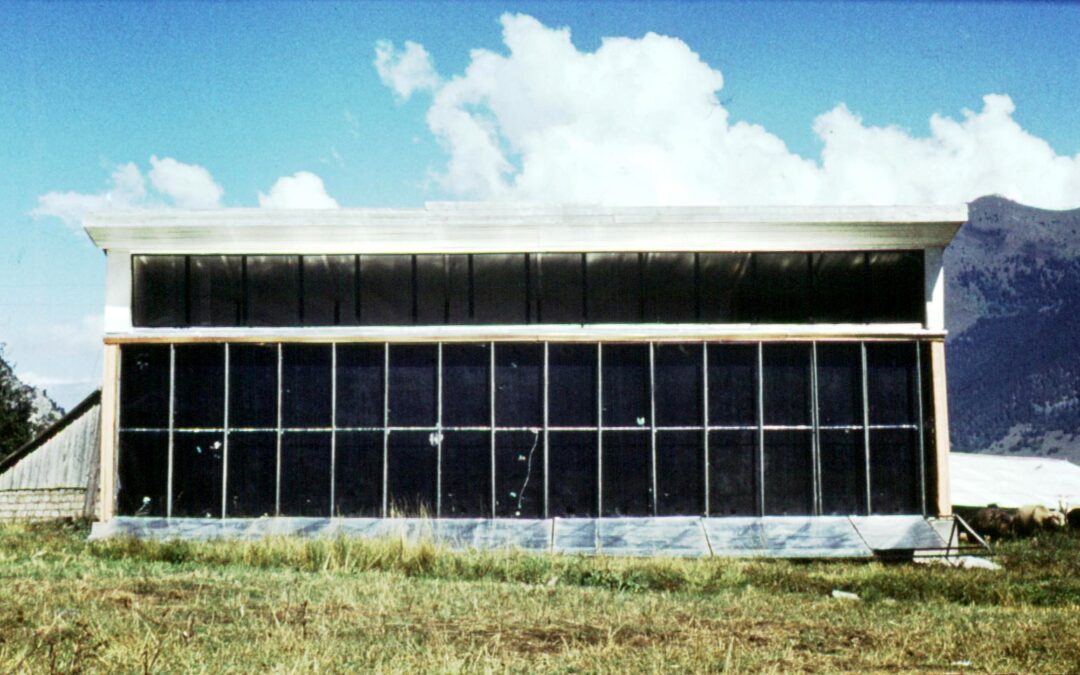

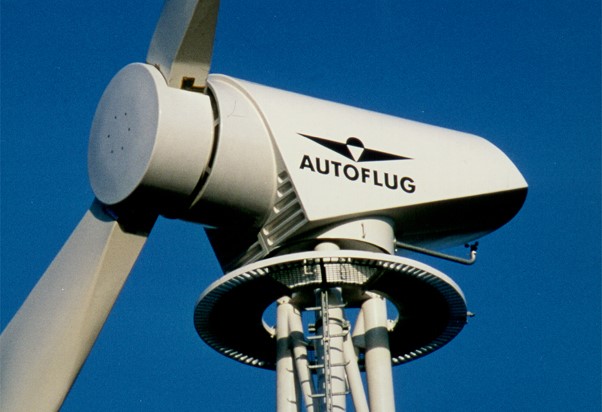
The philosophy of the use of a rotor type wind turbine
Installations that use wind energy are classified by the position of the rotation axis as the ones of horizontal axis and vertical axis. The most widely spread are horizontally axial installations. This happened due to the rapid development of military aviation and shipbuilding in the beginning of 20-s of XX century. To finance the development of a theoretical base of aircraft and ship propellers, huge funds were allocated in the leading countries of the world such as USA, UK, Germany, Japan and the USSR. This funding has continued for nearly 80 years up to present times. The type of a modern wind turbine has been dictated by these circumstances, since impellers have been a byproduct of theoretical and practical development of propellers. Nowadays, anyone who is interested in windmills will say that the efficiency of horizontal axis impeller (blade wind turbine) is within 0.6 – 0.7, and «clumsy» vertical axis one- up to 0.39. However, the research of the author of this article refutes these parameters. Actually, the theoretical efficiency factor of a blade wind turbine, according to one of the founders of Fluid Dynamics E. Zhukovsky, is 0.593. The real efficiency of a modern wind turbine, according to independent experts, is 0.42 – 0.43, which is very close to the value of 0.39 of a vertical axis wind turbine. But, according to the author of this article, the unenviable fate of vertical axis rotors has been determined by their impracticality, especially in aviation. To determine the correct shape of propellers and to test them in laboratory conditions, wind tunnels have been created. Theoretical errors in the simulation in...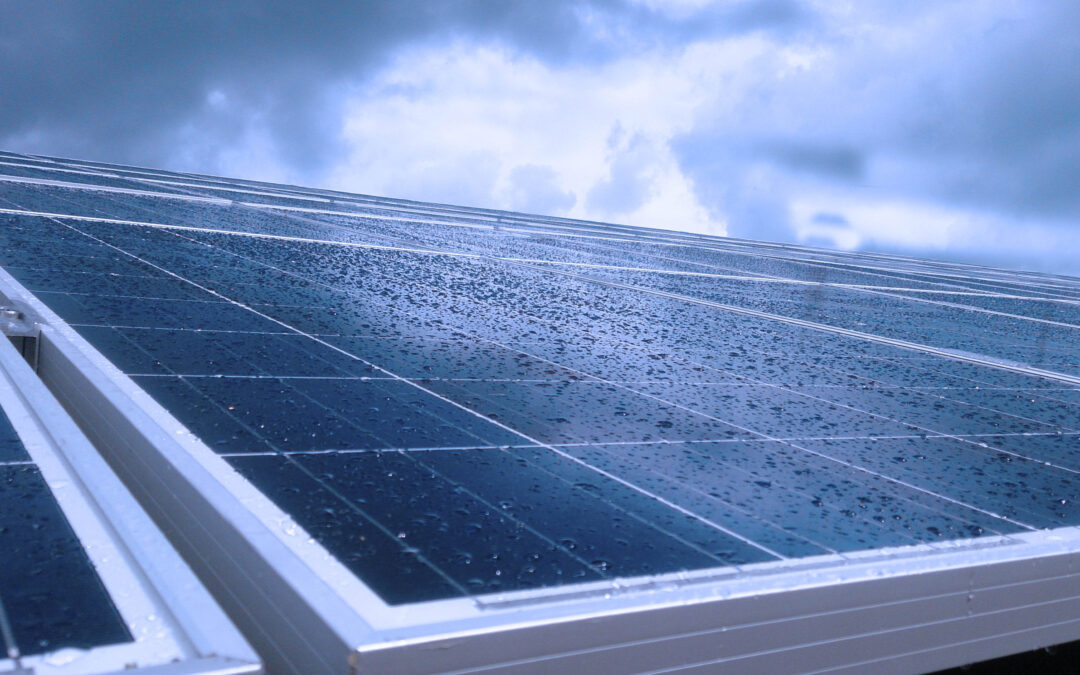
Types of Solar Panels
There are several types of solar panels that are being used by practically everyone right now. This is because of the general trend of people coming up with ingenious methods to harness the sun’s potential and utilize it as a renewable energy source. This bodes well for the future of energy utilization because, let’s face it, these types of solar panels are environmentally friendly, they do not require much tinkering, and they sometimes even work better than traditional panels. However, there are different types of solar panels. Each type has a specific purpose when it comes to different facets of human living, but just as well, all these panels are safe, renewable, and fast becoming popular. Here are a few of the most popular solar panels right now: The first type would be the monocrystalline panels. This type is made from a large silicon crystal, and moreover, this variety is considered to be one of the most efficient types of solar panels in harnessing sunlight and then converting it to electricity. However, it can be costlier than most other types. The reason for its efficiency, relative to other panel types, is because it works better in lower light conditions. Polycrystaline panels, on the other hand, are the most common variety of panel right now. Their appearance resembles shattered glass, but they are generally acknowledged to be less efficient than monocrystalline panels, and less costly to buy. Unlike a mono panel that only has one large siilcon crystal, a polycrystaline panel has numerous silicon crystals that are relatively smaller. Another popular variety is the amorphous panel. This type consists of...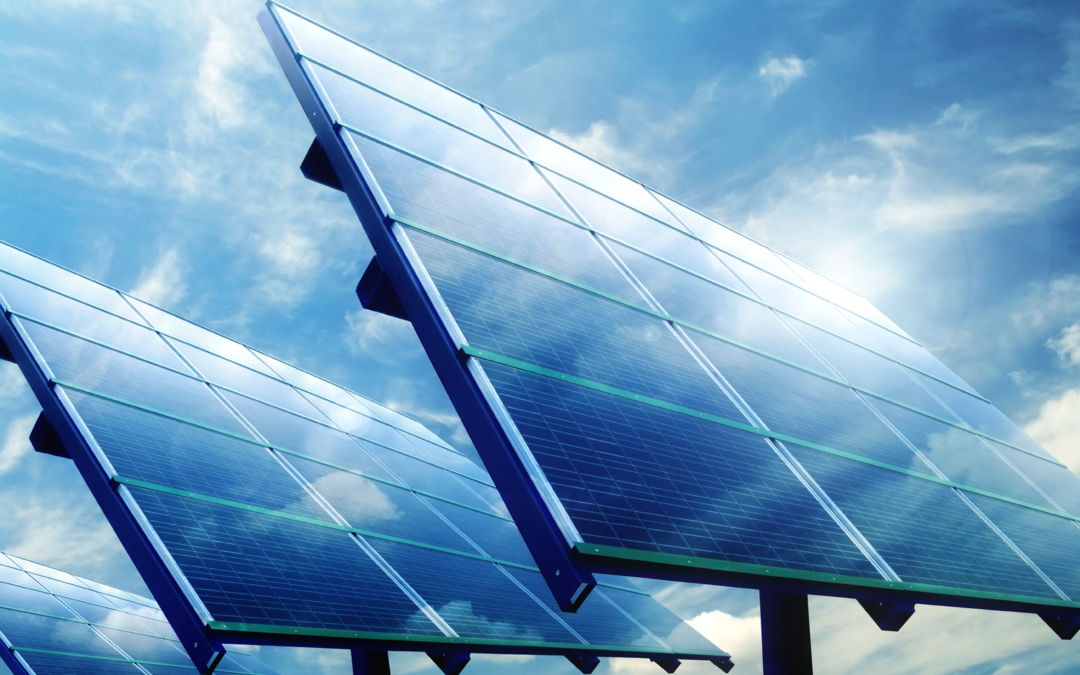
Are We Halfway to Market Dominance for Solar?
Solar is now around 1 percent of global electricity generation. But that might mean we’re further along than you’d think. Solar power is on a tear. Cumulative solar photovoltaic electricity production is about to reach 1 percent of total global electricity production, according to a new report from the International Energy Agency. In just a decade, solar power has gone from being a fringe technology for greenies to an almost-mainstream source of power, due to its increasing cost-effectiveness in many countries around the world. This is a remarkable evolution and demonstrates well why CitiGroup recently stated that the “age of renewables” is upon us. I’m going to go even further in this article, however, and argue, as I did recently with respect to electric vehicles, that this 1 percent of global solar penetration is far more important than you might think. Only 1 percent, you say? That’s tiny. But that 1 percent is actually halfway to the goal of market dominance when we consider recent growth rates and the likely growth rate in the future. I’ll explain below. Figure 1: Global Solar PV Capacity, Annual and Cumulative Source: IEA Ray Kurzweil, an American inventor and entrepreneur, formulated what he called the ‘law of accelerating returns’ after having studied numerous technology adoption curves. The classic example concerns computing power: Moore’s law holds that computing power will double about every two years while maintaining the same cost. Sixty years after former Intel CEO Gordon Moore made this observation, the law holds true, though we’re actually doubling now about every year. Kurzweil discovered, however, that Moore’s law is just the latest incarnation of a much longer trend, as the figure...